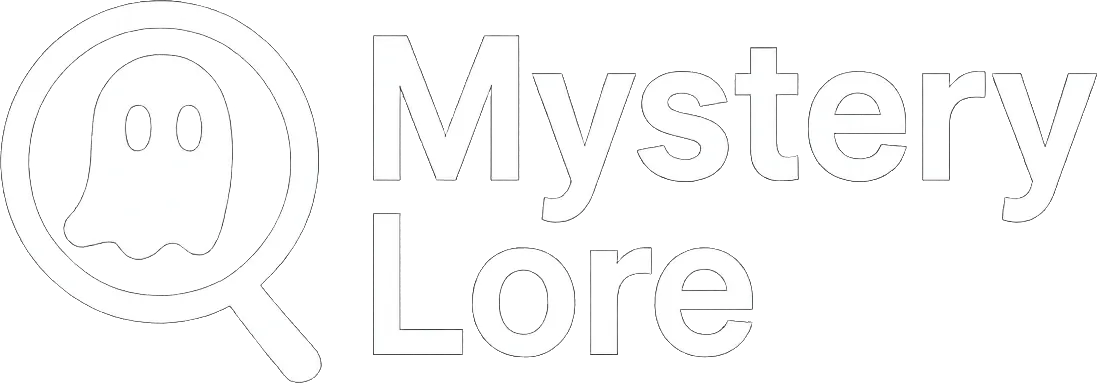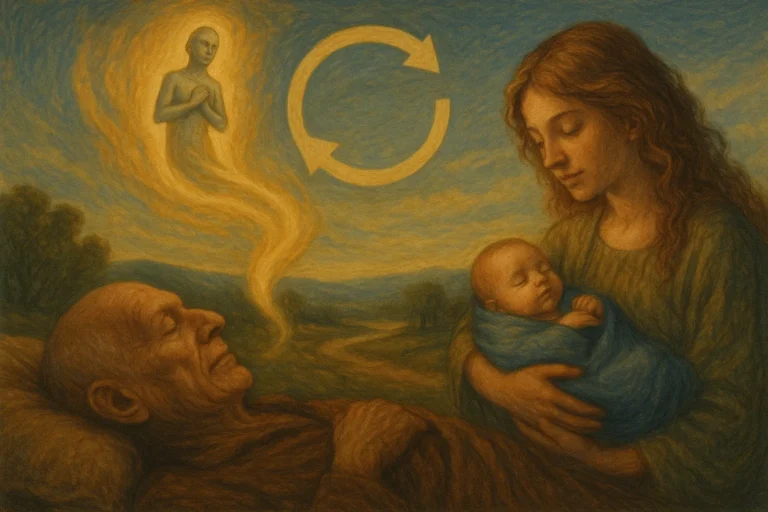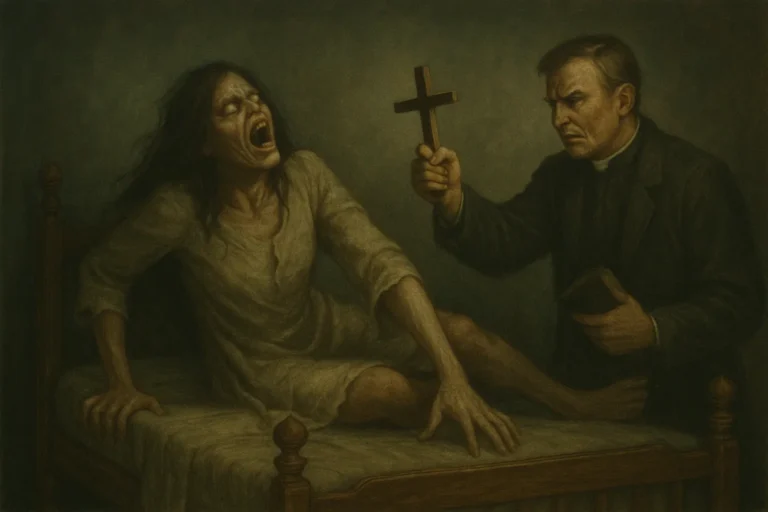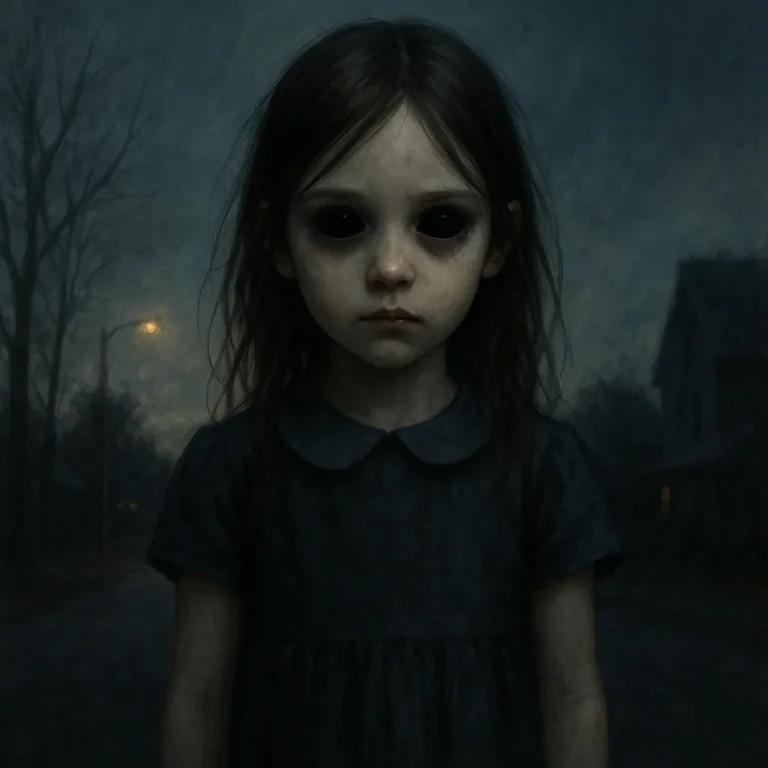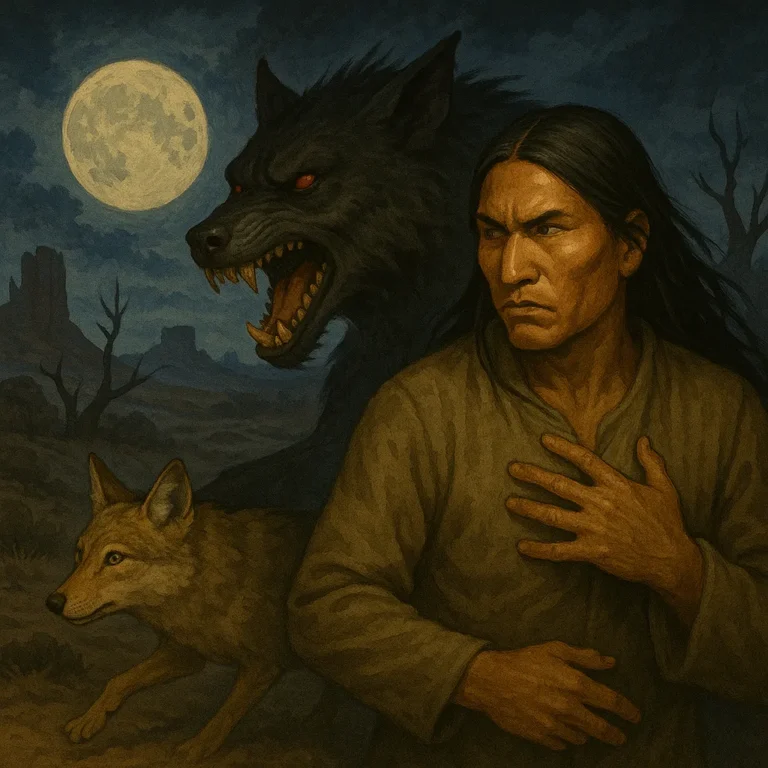Ouija Boards: Talking to the Dead or Inviting Something Worse?
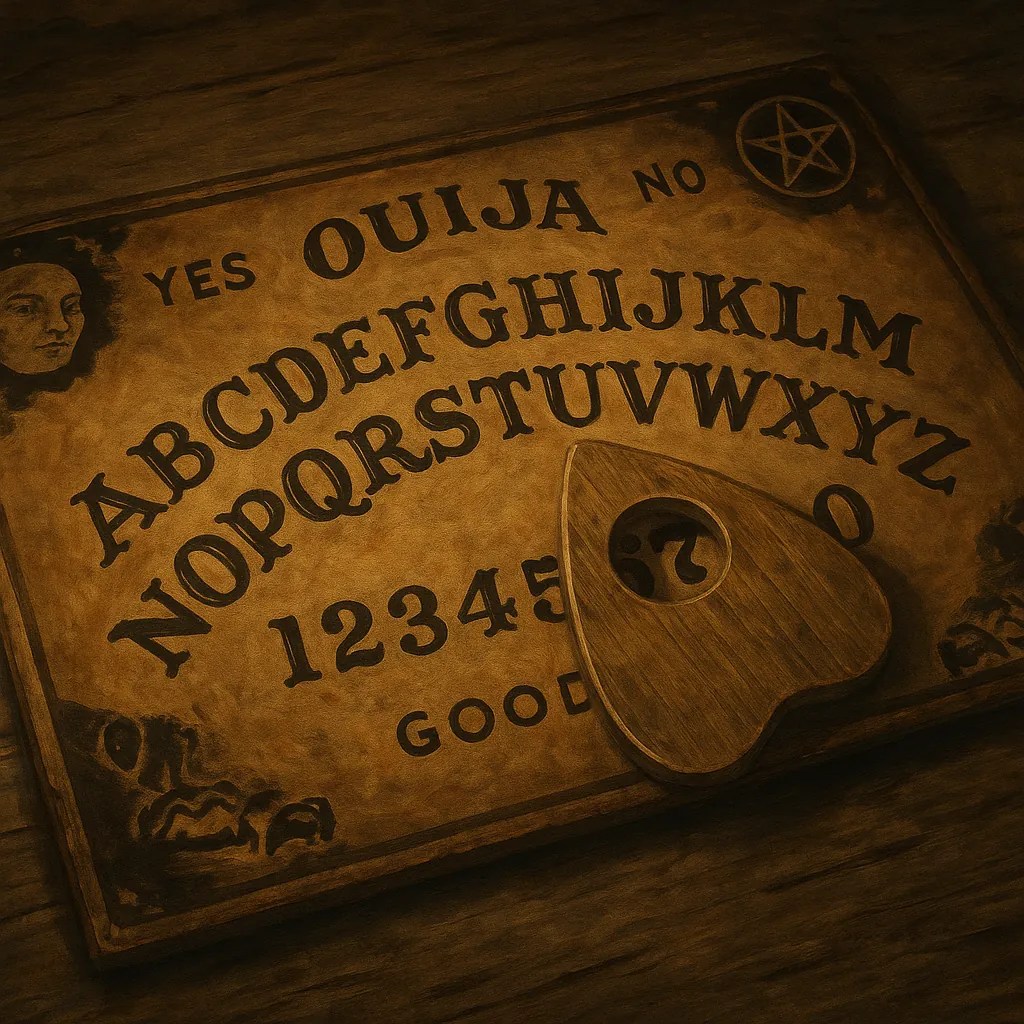
It starts innocently enough. A group of friends gathers in a dimly lit room, candles flickering, laughter giving way to nervous anticipation. Someone opens a box and pulls out a board printed with letters, numbers, and the words “Yes,” “No,” and “Goodbye.” A planchette — a small heart-shaped pointer — is placed at the center. Fingers touch lightly. A question is whispered.
“Is anyone there?”
What follows can be unsettling. The planchette begins to move. Slowly at first. Then faster. Spelling out answers, names, warnings. It’s thrilling — until it’s not. Lights flicker. Shadows shift. Some players report hearing voices or feeling watched. Others say something followed them home. And suddenly, what began as a harmless game starts to feel like something else entirely.
Welcome to the world of the Ouija board — where curiosity meets the unknown, and the line between entertainment and terror begins to blur.
🪄 A Tool Born from Spiritualism
The Ouija board didn’t emerge from some dark ritual or ancient occult text. In fact, it began as a parlor game — and a product of the 19th-century Spiritualist movement. During this era, the idea that the dead could communicate with the living gained massive popularity. Séances, table rapping, and automatic writing became fashionable pastimes for both the grieving and the curious.
In 1890, businessman Elijah Bond patented the board as a novelty item. It was marketed as a “talking board,” promising users the ability to communicate with spirits in the comfort of their own homes. The name “Ouija” was reportedly chosen during a session — the board itself allegedly spelled it out. According to some sources, it’s a combination of the French and German words for “yes” (oui and ja), though others say the name was given by a spirit who claimed it meant “good luck.”
By the early 20th century, the Ouija board had become a household name, eventually purchased and mass-produced by Parker Brothers and later Hasbro. It sat on store shelves alongside Monopoly and Scrabble — a family game with a haunted reputation.
But not everyone treated it as a toy.
👻 Stories That Won’t Stay on the Board
For many, the Ouija board has become synonymous with strange experiences. Some users describe speaking with deceased relatives. Others report being contacted by entities with chilling names — Zozo, Mama, or others who give cryptic answers and demand prolonged sessions.
One of the most famous cases involving a Ouija board led to a murder. In 1933, a woman in Buffalo, New York, claimed a message from the board told her to kill her father. More recently, people have blamed violent outbursts, possessions, and hauntings on Ouija sessions gone wrong.
Hollywood hasn’t helped the board’s reputation. Films like The Exorcist popularized the idea that dabbling with a Ouija board could invite demonic forces. In the movie, a young girl named Regan begins using the board and eventually becomes possessed — a storyline said to be loosely inspired by a real case. Since then, countless horror films have featured the Ouija as a portal to something dark and dangerous.
Of course, skeptics argue that these are just stories — coincidences, misinterpretations, or outright fabrications. But for those who’ve experienced the board’s more unsettling side, the fear is very real.
🧠 Science and the Ideomotor Effect
From a psychological standpoint, there’s a well-documented explanation for how the Ouija board “works.” It’s called the ideomotor effect — a phenomenon where small, unconscious muscle movements cause the planchette to move, even when users believe they aren’t doing it.
In other words, your own mind is answering the questions, even if you think it’s coming from somewhere else.
Numerous studies have shown that when people are blindfolded, the accuracy of Ouija responses drops significantly. In controlled conditions, the messages often stop making sense entirely. This suggests that our brains — particularly the subconscious — are generating the responses in real time, influenced by group dynamics, expectations, and suggestion.
And yet… that doesn’t explain everything.
What about the names spelled out that no one present could have known? The predictions that came true? The sense of presence — of being watched — that many describe even after the session ends?
Could there be more at play than science is ready to admit?
🔮 Harmless Game or Spiritual Gateway?
The true danger of the Ouija board might not lie in the board itself, but in what it opens up inside us. Whether through belief, intention, or suggestion, the board seems to tap into something deeply psychological — or deeply spiritual, depending on your view.
Some spiritual practitioners and religious leaders warn against using the board at all. They argue that it’s not about the plastic and cardboard — it’s about the invitation. You’re asking for something to come through. And sometimes, they say, something does.
Others take a more nuanced approach, suggesting that the board can be used safely with the right mindset and precautions — setting clear boundaries, ending sessions properly, and avoiding it altogether if you’re not grounded.
Still, horror stories persist. People who felt something attach to them. Who saw shadows afterward. Who heard whispers in the night. Whether psychological or paranormal, the Ouija board leaves a mark.
🕯️ Between Curiosity and Consequence
In the end, the Ouija board occupies a strange space in our cultural imagination. It’s both a toy and a taboo. A curiosity sold at toy stores, yet treated with fear and reverence by those who’ve had too-close encounters.
Is it just a game — a mirror reflecting our own minds? Or is it a tool for something darker, something waiting beyond the veil for anyone bold (or foolish) enough to knock?
Maybe it’s a little of both.
The board doesn’t answer all our questions. But it sure knows how to ask some big ones.
